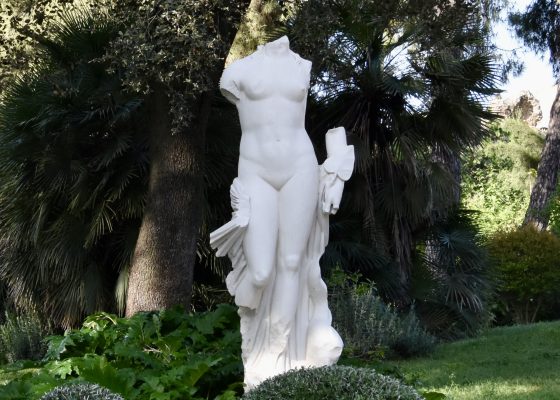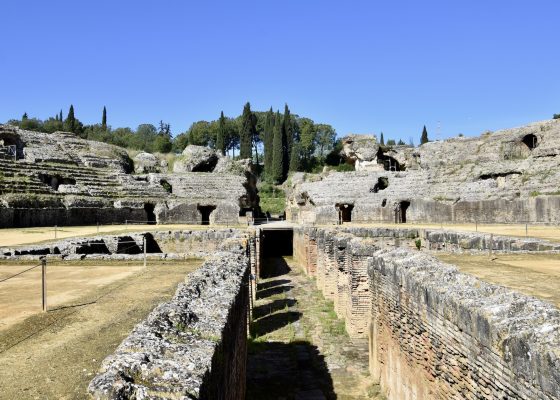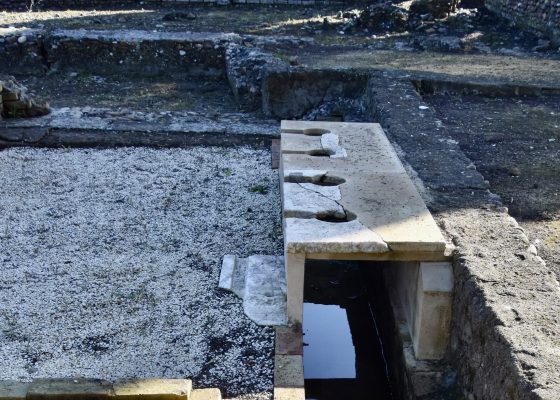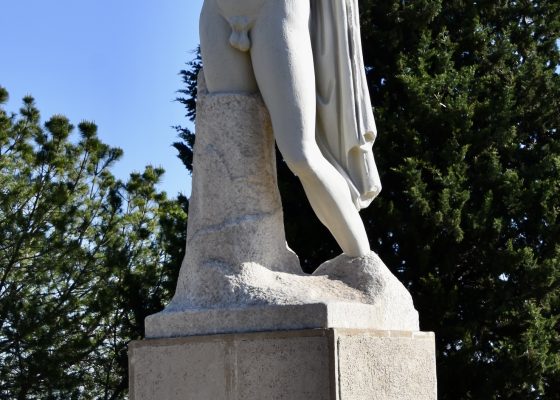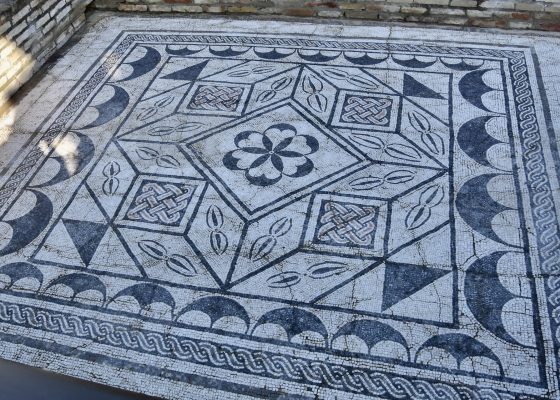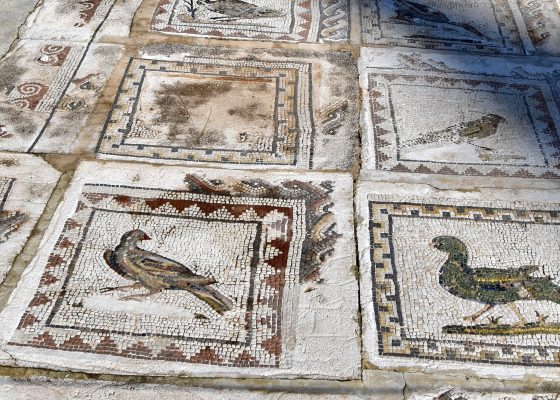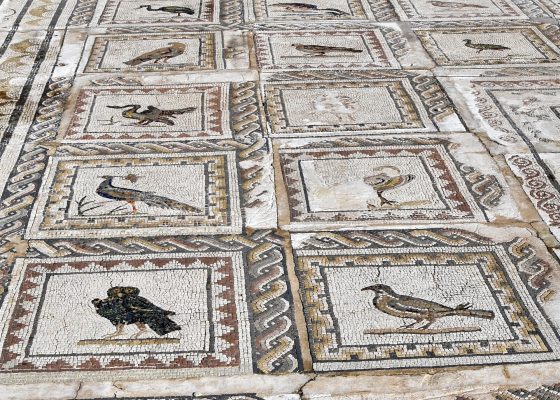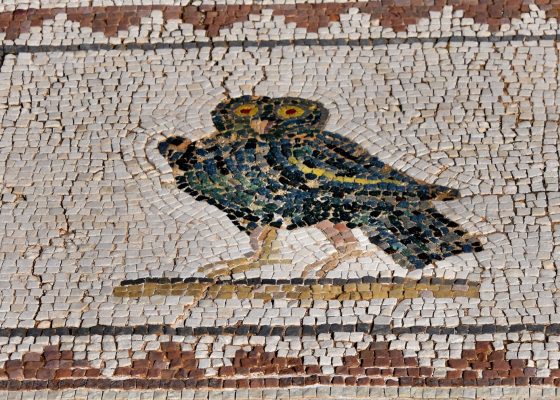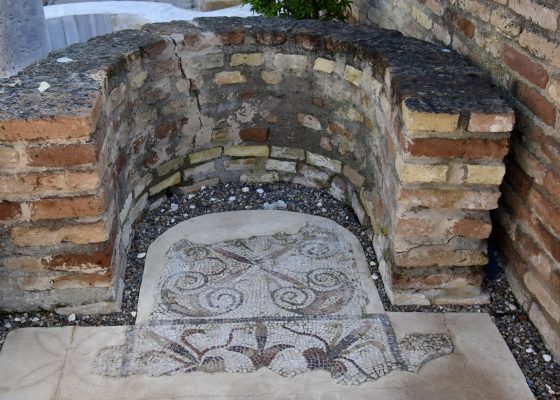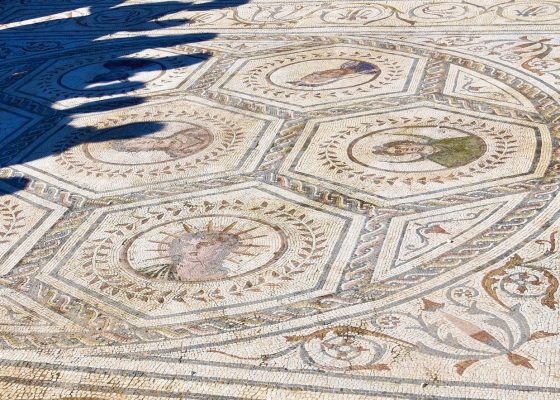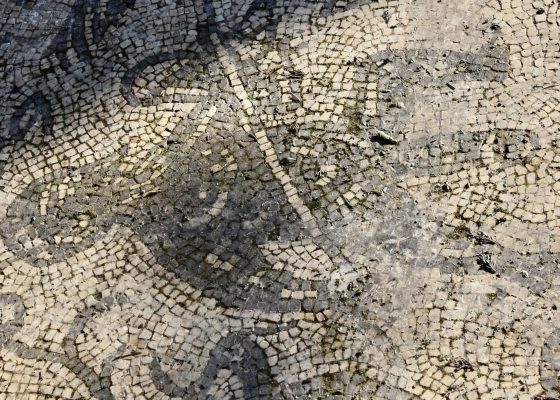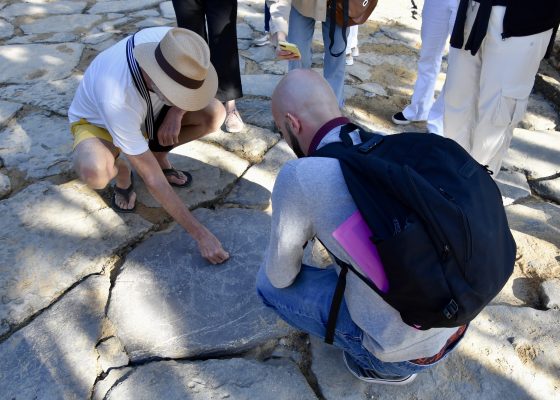Seville – Highlights from a Fabulous City
The 2024 SATW Canadian Chapter meeting was held in Seville, Spain and provided me with the opportunity to visit this wonderful country twice in six months. I had been in Caceres and other areas in the Extremadura in November, 2023 for the SATW Freelance Council meeting and came away with a fond appreciation of that under visited area of the country. While I had travelled to Andalucia a couple of times previously, I had somehow never made it to Seville and the southwestern most part of Spain. That was remedied by this visit in March 2024. In my first post from Andalucia I wrote about the Columbian Routes to found around the city of Huelva. In this post I’ll try to explain why Seville immediately jumped into the top 10 of my all time favourite cities.
The Guadalquivir River
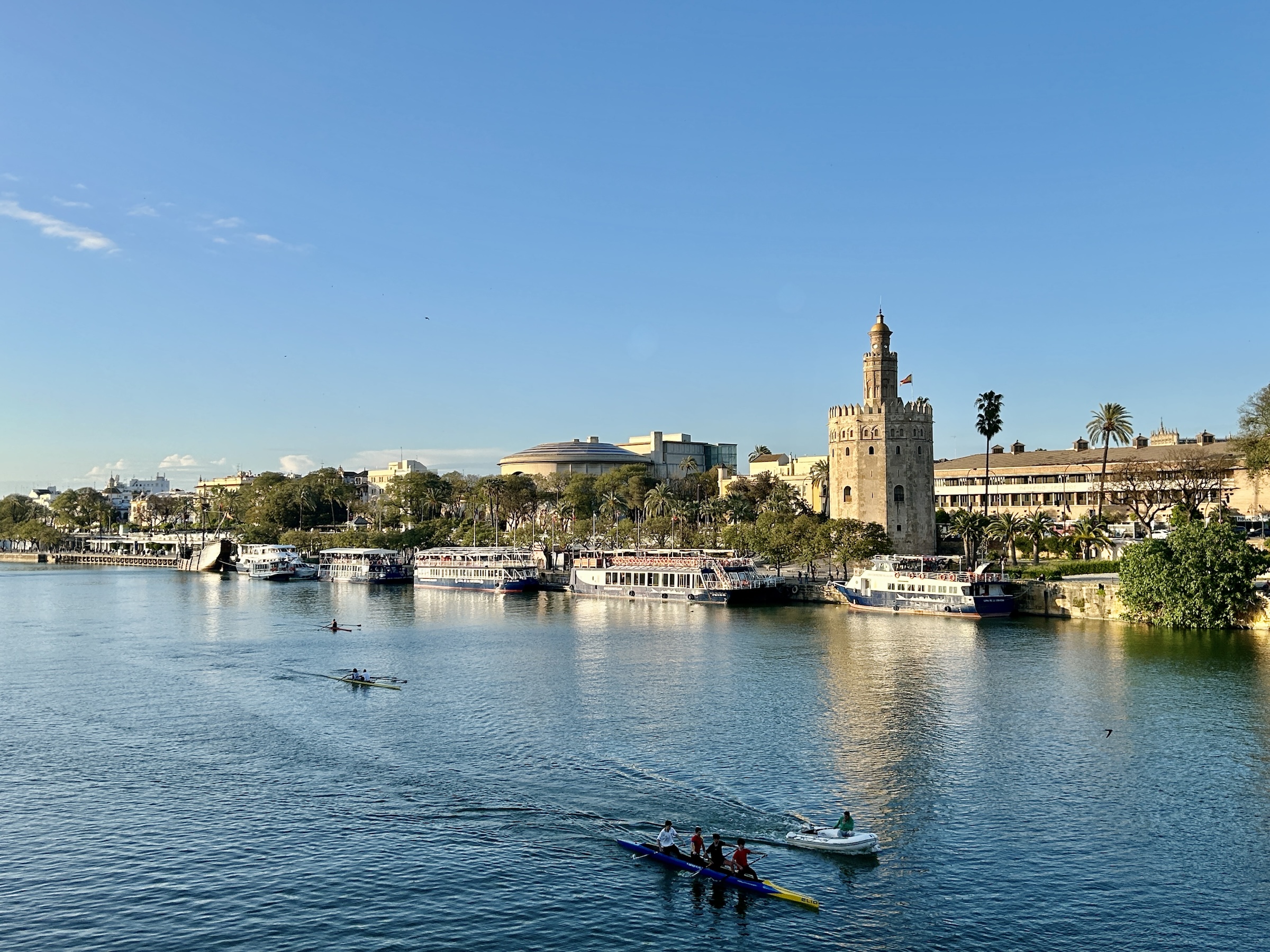
When one thinks of Spanish cities it usually is not in connection with rivers. The Manzanares River which does flow through parts of Madrid is hardly a major waterway while Barcelona, Valencia, Malaga and Cadiz are all seaside cities. There are some nice riverfronts in smaller cities like Merida on the Guadiana, but there is nothing like the Guadalquivir river and the city of Seville. It is the lifeblood of the city and scenes like the one above are unique to Seville.
One of the must dos while visiting the city is to take a boat tour on the Guadalquivir for a completely different view of Seville. You’ll see Sevillanos enjoying themselves on the river in canoes, sculls, on paddle boards and power boats.
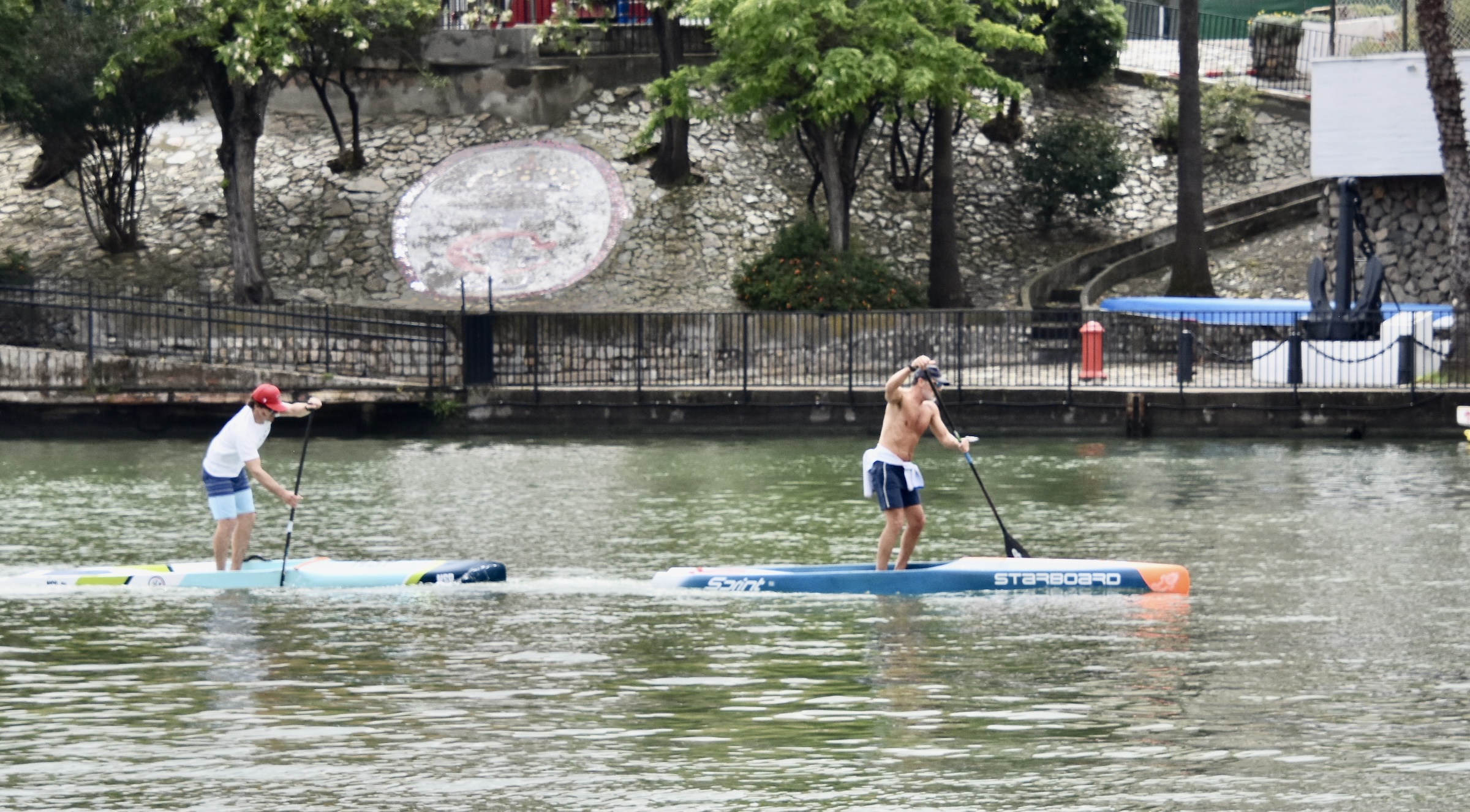
A number of Seville’s most interesting buildings are on the riverfront such as the Torre del Oro which was built by the Moors in 1220 as a watchtower to control navigation on the river.
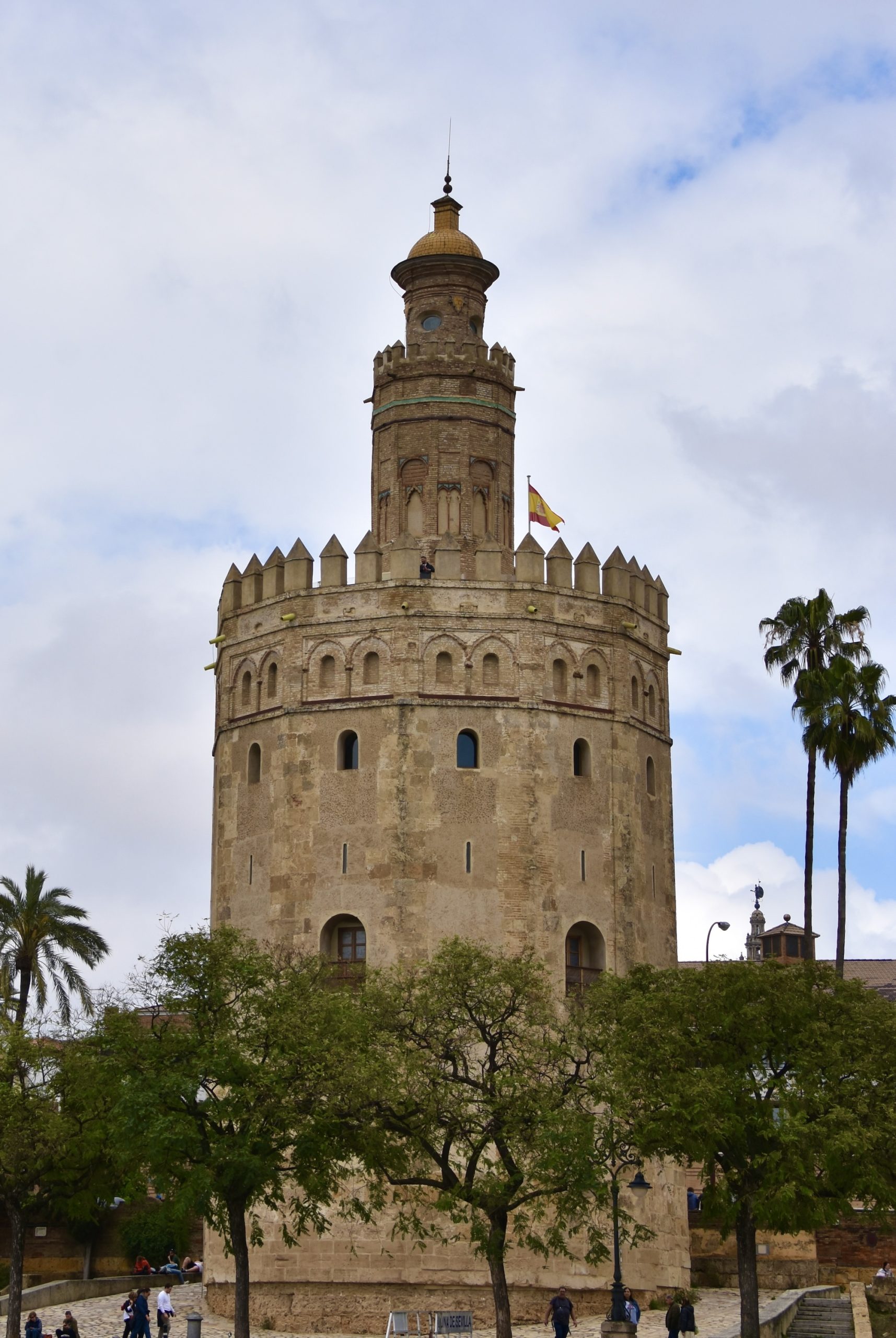
You’ll also find a replica of the Nao Victoria the only one of the five ships that left Seville on August 10, 1519 under the command of Ferdinand Magellan to successfully complete the first circumnavigation of the globe. Of the 270 men who started out, only 18 made it back. This replica repeated the feat between 2004-2006 without any fatalities.
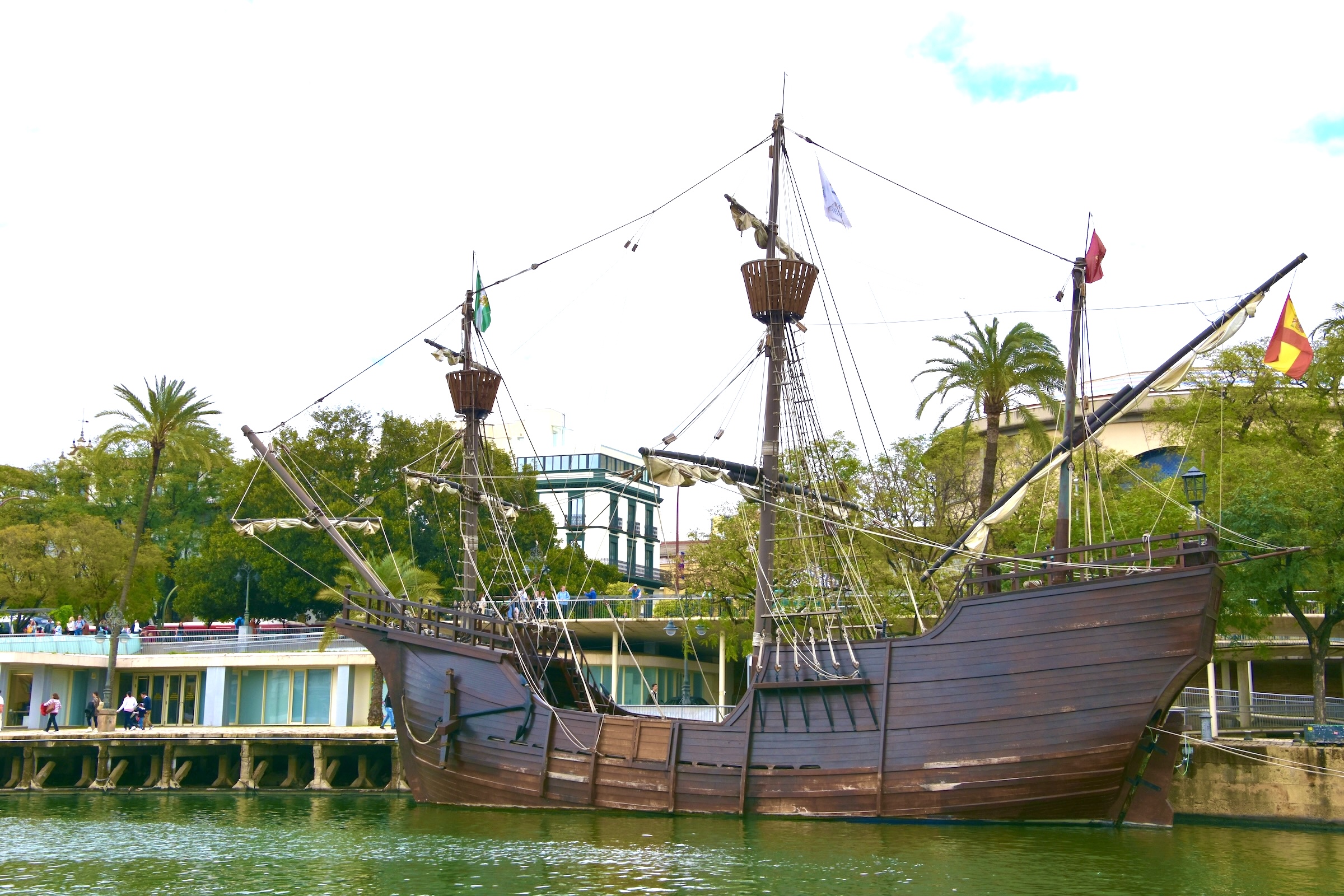
Interestingly enough, only a month earlier I was in Punta Arenas, Chile standing beside this statue of Magellan for whom the famous strait through which he first sailed is named.
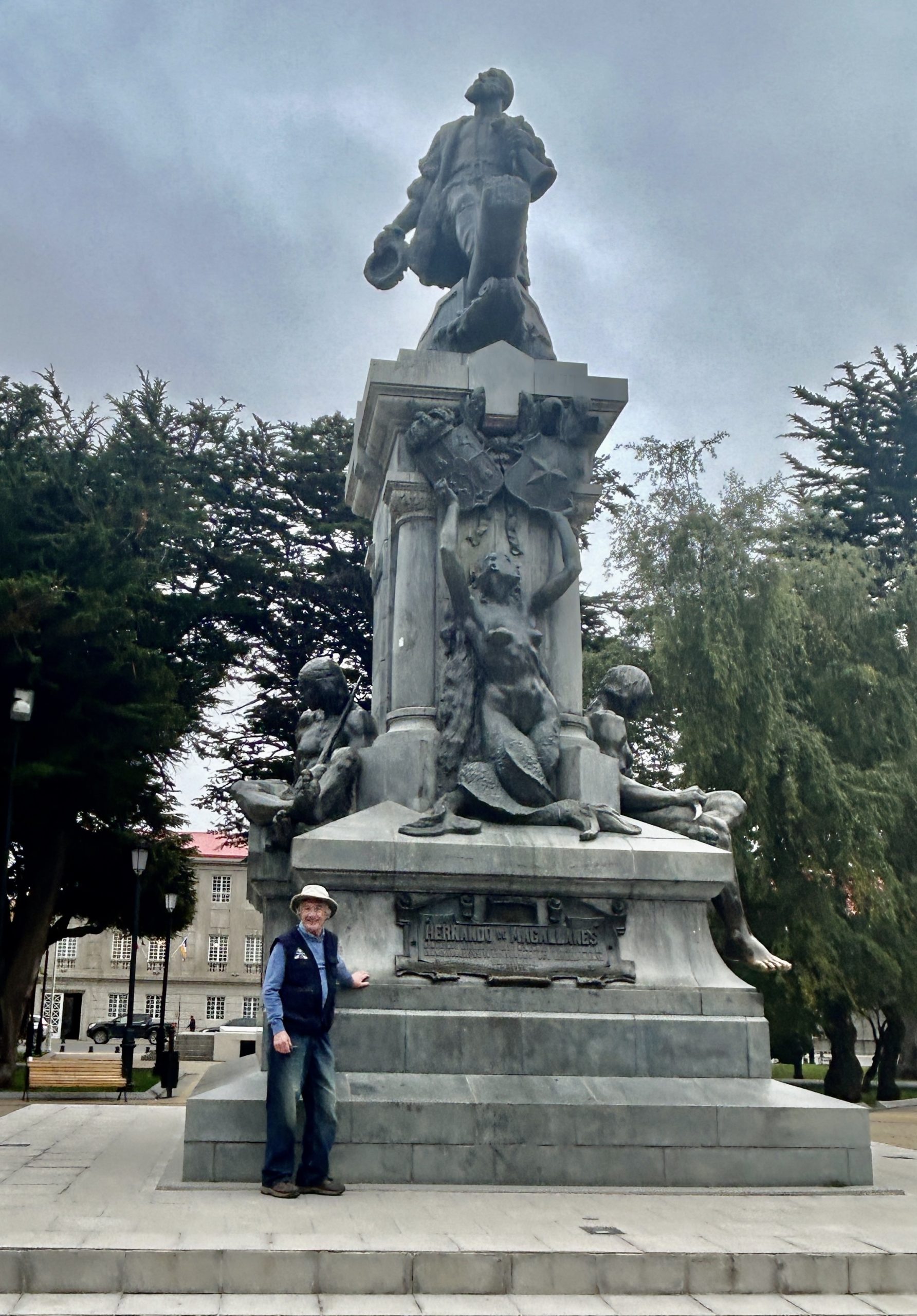
Over 1,300 years before Magellan left Seville two of the most famous of all the Roman emperors were born in Italica, a Roman settlement just outside the present day city. This is a statue of Trajan holding the She-Wolf, symbol of Rome that overlooks the Guadalquivir from its south bank. His adopted son and successor Hadrian was also born in Italica. The combined forty year reign of the two of them is considered to be the apex of the Roman Empire. We’ll learn more when we visit Italica later in this post.
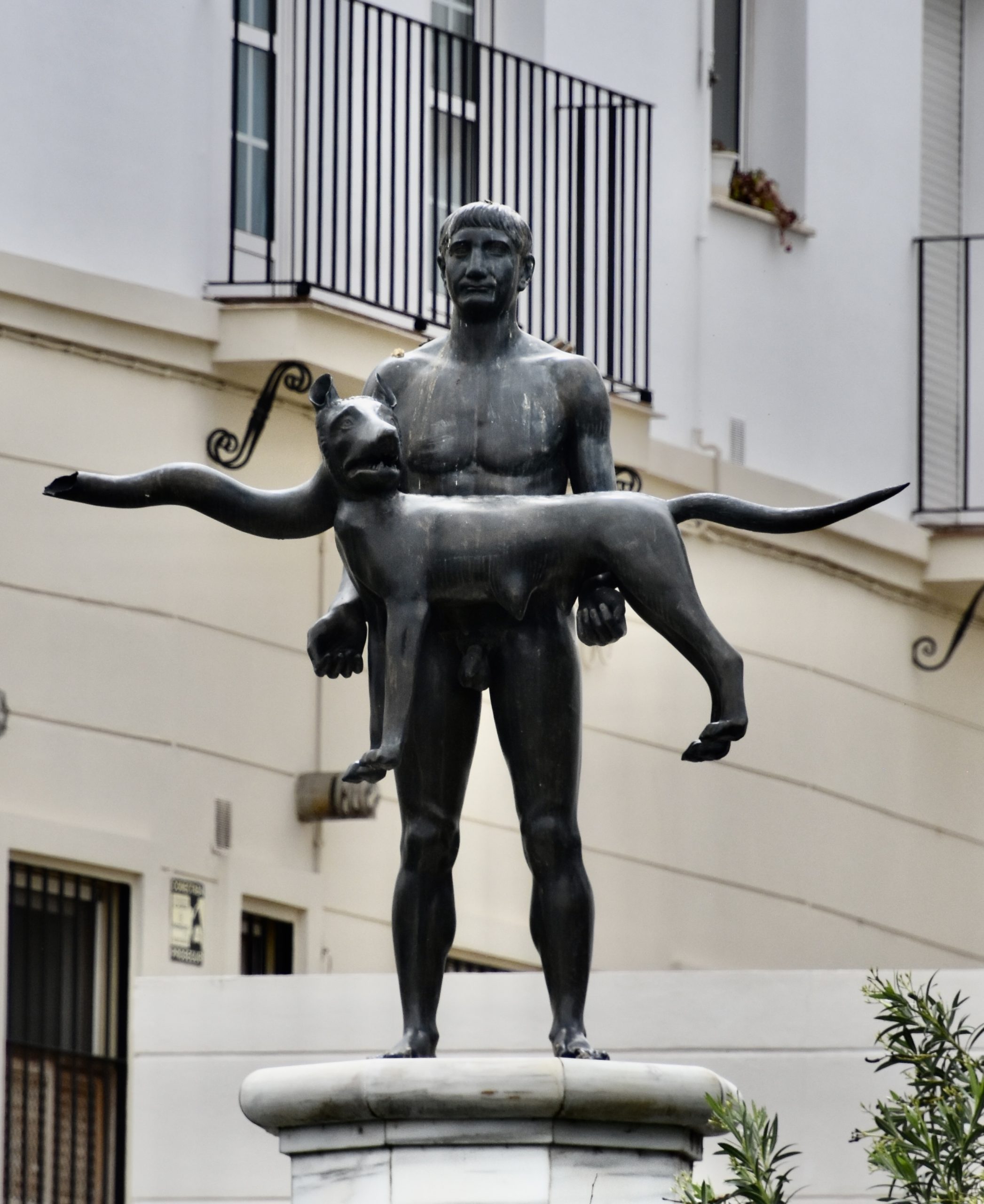
Fast forwarding almost two millennia you get a close up view of the Torre Sevilla, the city’s lone skyscraper which was wisely built outside of the historic centre and can be seen from miles away. As modern buildings go it’s actually quite attractive and houses the city’s largest shopping complex. Controversial when first proposed (UNESCO tried to stop it), I think, given its location, it does not negatively affect the World Heritage Sites within the core of Seville which is where we’ll go next.
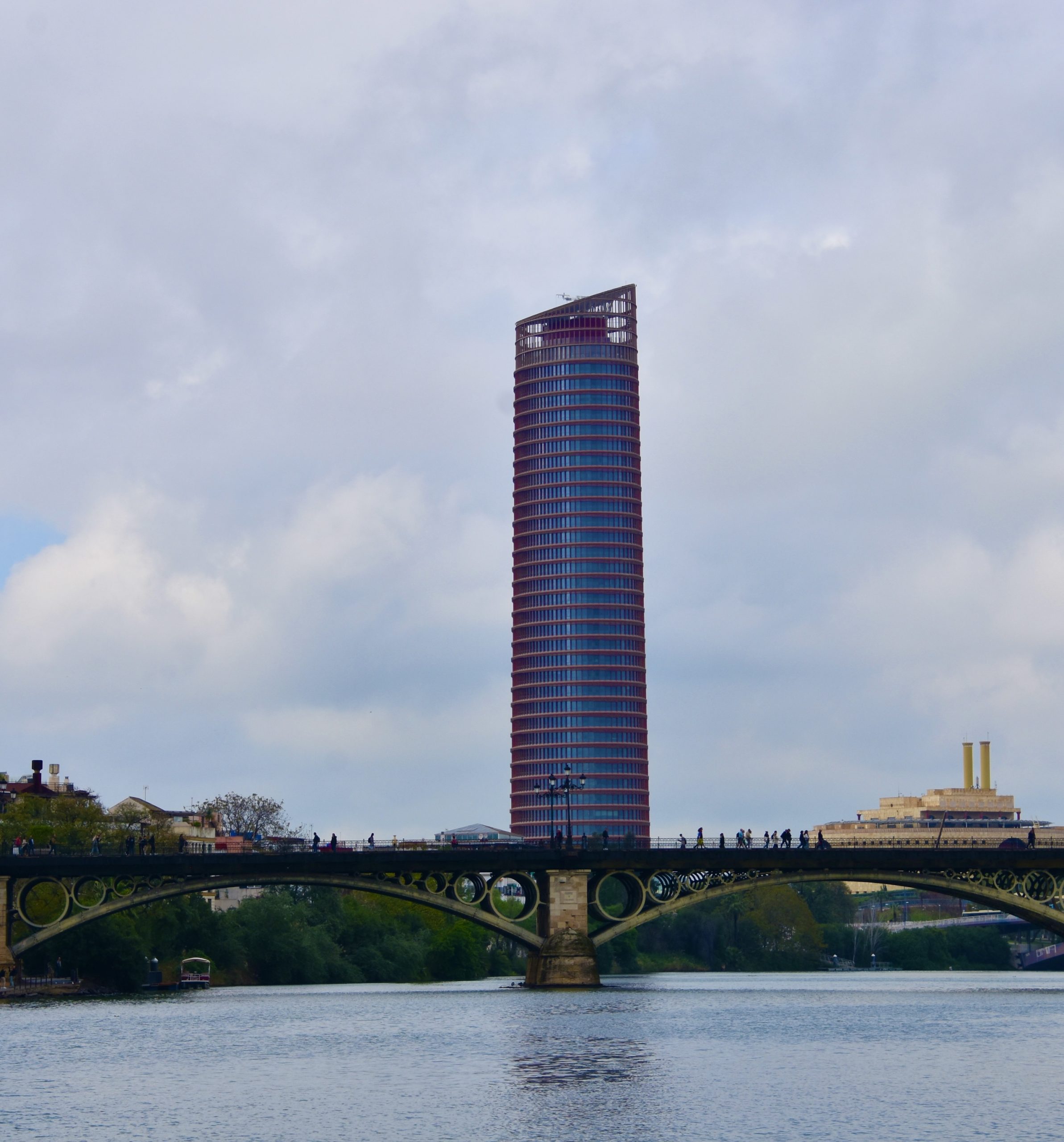
Another way to enjoy the Seville riverfront is to stroll along the 1,600 meters of the Paseo de la Delicias (Walk of Delights) that dates from the 19th century and is one of the great river walks to be found anywhere with a the river on one side and several garden parks on the other.
UNESCO World Heritage Sites in Seville
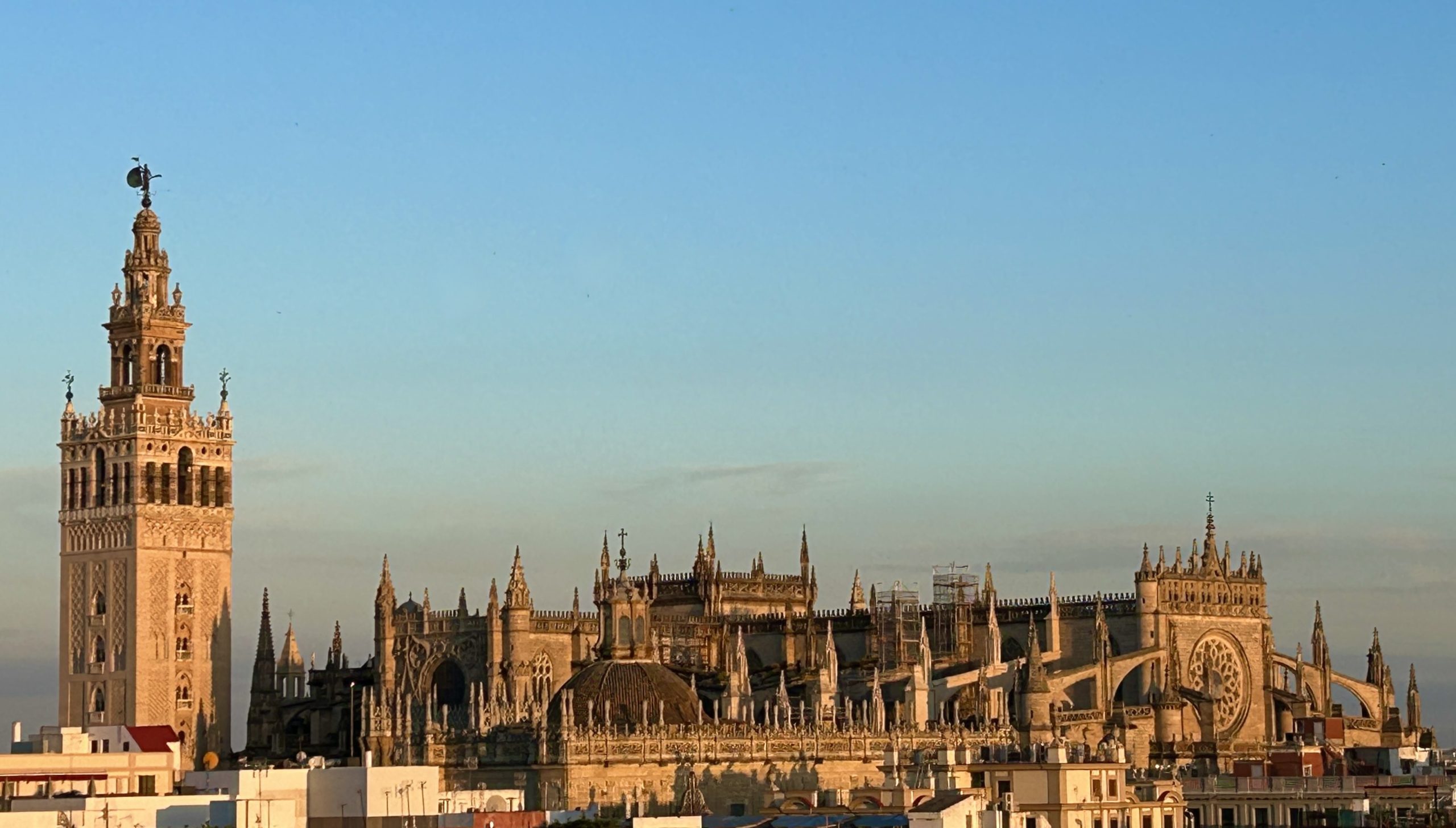
In 1987 three buildings in the heart of Seville were inscribed as a single UNESCO World Heritage Site with this description:
Cathedral, Alcázar and Archivo de Indias in Seville
Together these three buildings form a remarkable monumental complex in the heart of Seville. The cathedral and the Alcázar – dating from the Reconquest of 1248 to the 16th century and imbued with Moorish influences – are an exceptional testimony to the civilization of the Almohads as well as that of Christian Andalusia. The Giralda minaret is the masterpiece of Almohad architecture. It stands next to the cathedral with its five naves; the largest Gothic building in Europe, it houses the tomb of Christopher Columbus. The ancient Lonja, which became the Archivo de Indias, contains valuable documents from the archives of the colonies in the Americas.
Every first time visit to Seville will almost certainly be centred around the cathedral which as noted, is the largest Gothic cathedral in the world. Only when you see it from a distance such as from the rooftop bar of the Hotel Inglaterra can you get an appreciation of its immense size and beauty.
Construction of the cathedral began in 1401 on the site of what had been first a mosque and after the Reconquista a Christian church. It took over a hundred years to complete and underwent many changes even after that so that while it is technically a ‘Gothic’ cathedral it has many elements that would be considered Renaissance or baroque. By the year 1600 it had surpassed Hagia Sophia as the largest Christian church in the world, a distinction the former had held for over 1,000 years. It is so massive that it is very difficult to get an on the ground perspective. This photo from the Wikipedia post is the best I could come up with.

Thank goodness we had a guided tour of the Seville cathedral or I would have missed much of the significance of many of the things to be found in the interior. Believe it or not their are eighty chapels found off the five naves. Even more astounding is that it has a capacity of 80,000 worshippers – that’s larger than most NFL stadiums and the Colosseum in Rome. It’s no wonder that you could easily spend the better part of a morning or afternoon inside and still not see it all. I’ll limit myself to just a few highlights.
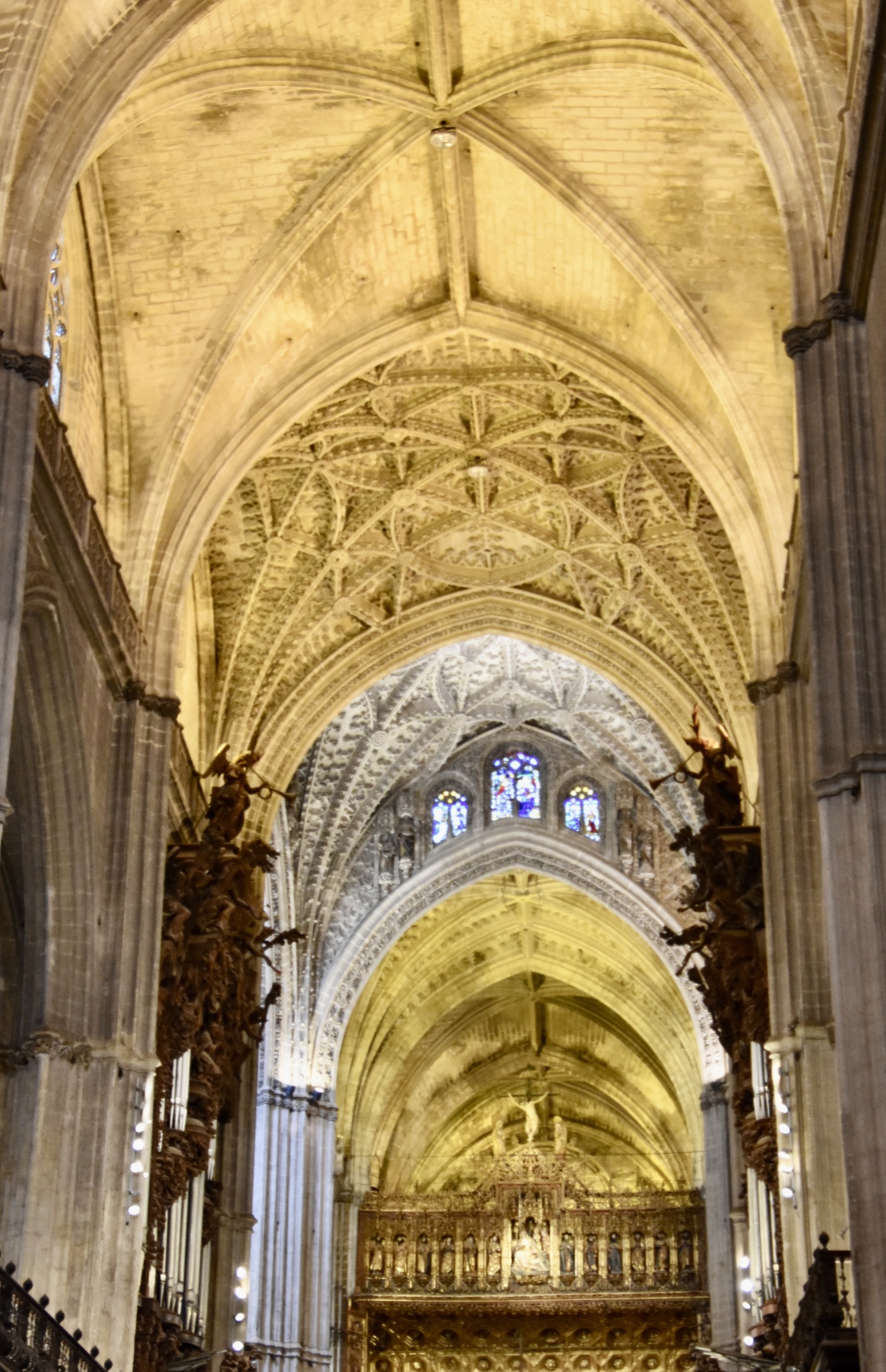
This is one of the five naves. Many Gothic cathedrals have only one including Notre Dame in Paris and three is quite rare so five is really over the top.
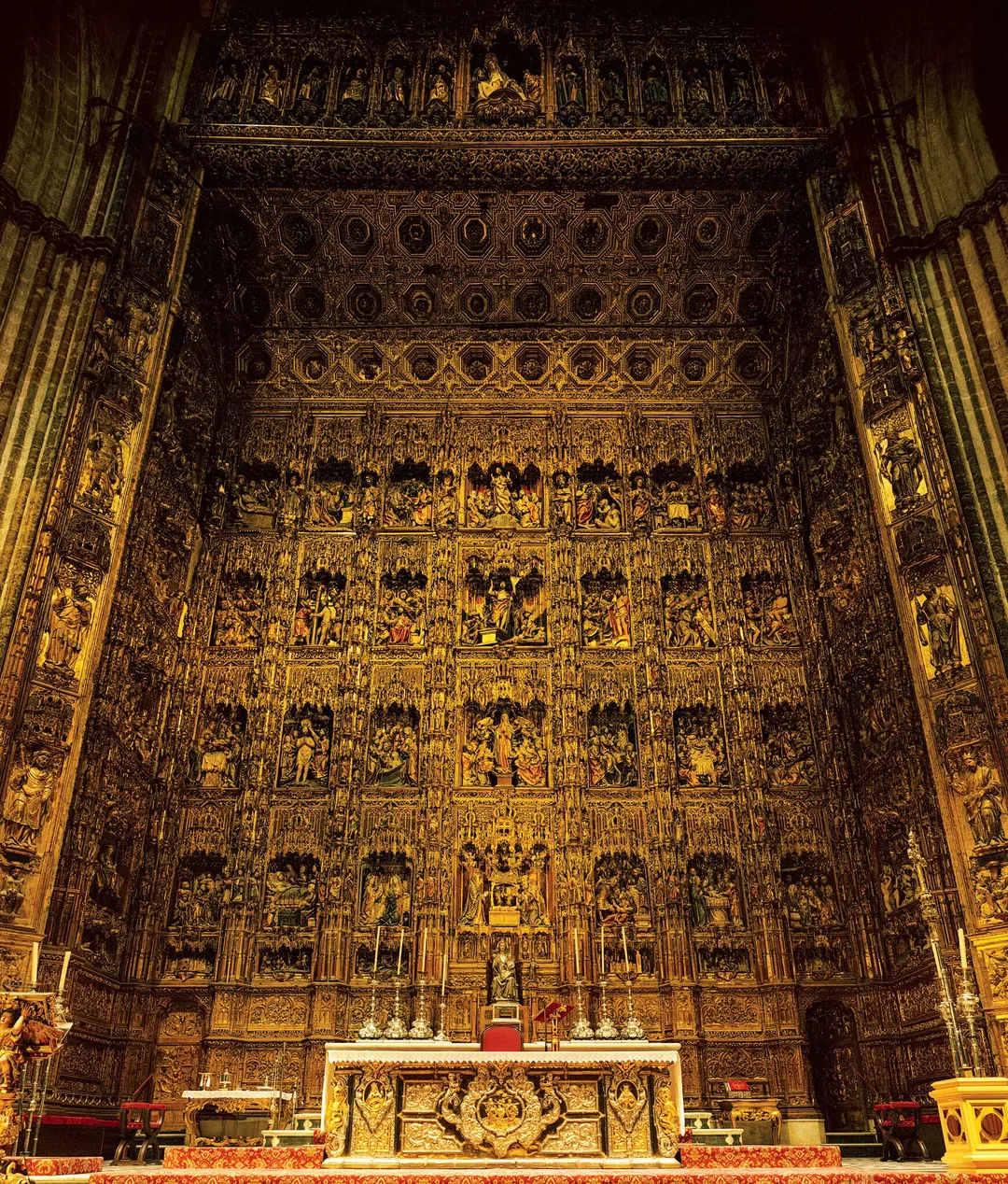
The Retablo Mayor or main altar is, guess what – the largest in the world. It is principally the work of one artist, Pierre Dancart, a Fleming who worked on it for forty-four years and even then it took almost forty more years to complete. There are thirty-six separate scenes depicting the life of Christ. It is behind a grille so you won’t get this view, but I guarantee even looking through the bars you will be stunned by the brilliance of this piece of art.
Speaking of artwork, the cathedral has many, many paintings included two masterworks by the most famous painter from Seville, Bartolomé Murillo. This is The Vision of St. Anthony which depicts St. Anthony of Padua’s vision of the Christ child along with a lot of other cherubs. It is the largest canvas this prolific artist ever painted. In 1874 the figure of St. Anthony was cut out of the frame by a thief who took it to New York and tried to sell it. The savvy art dealer recognized it for what it was, purchased it for $250 and returned it to Spain where it was reintegrated into the painting so well that if the guide had not told us the story I would never have guessed that it was once so vandalized.
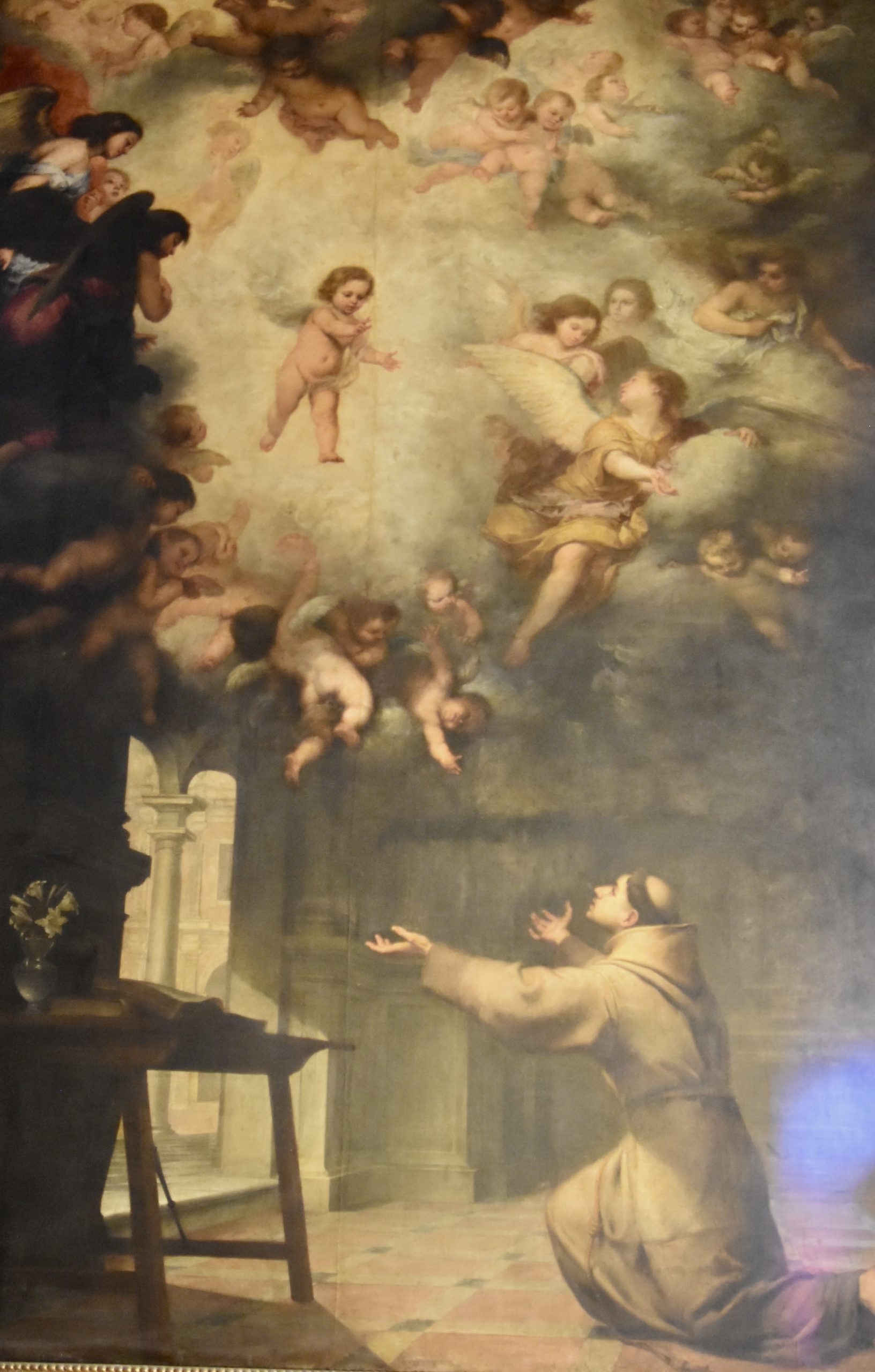
Also by Murillo is this excellent Baptism of Christ, one of the artist’s favourite themes.
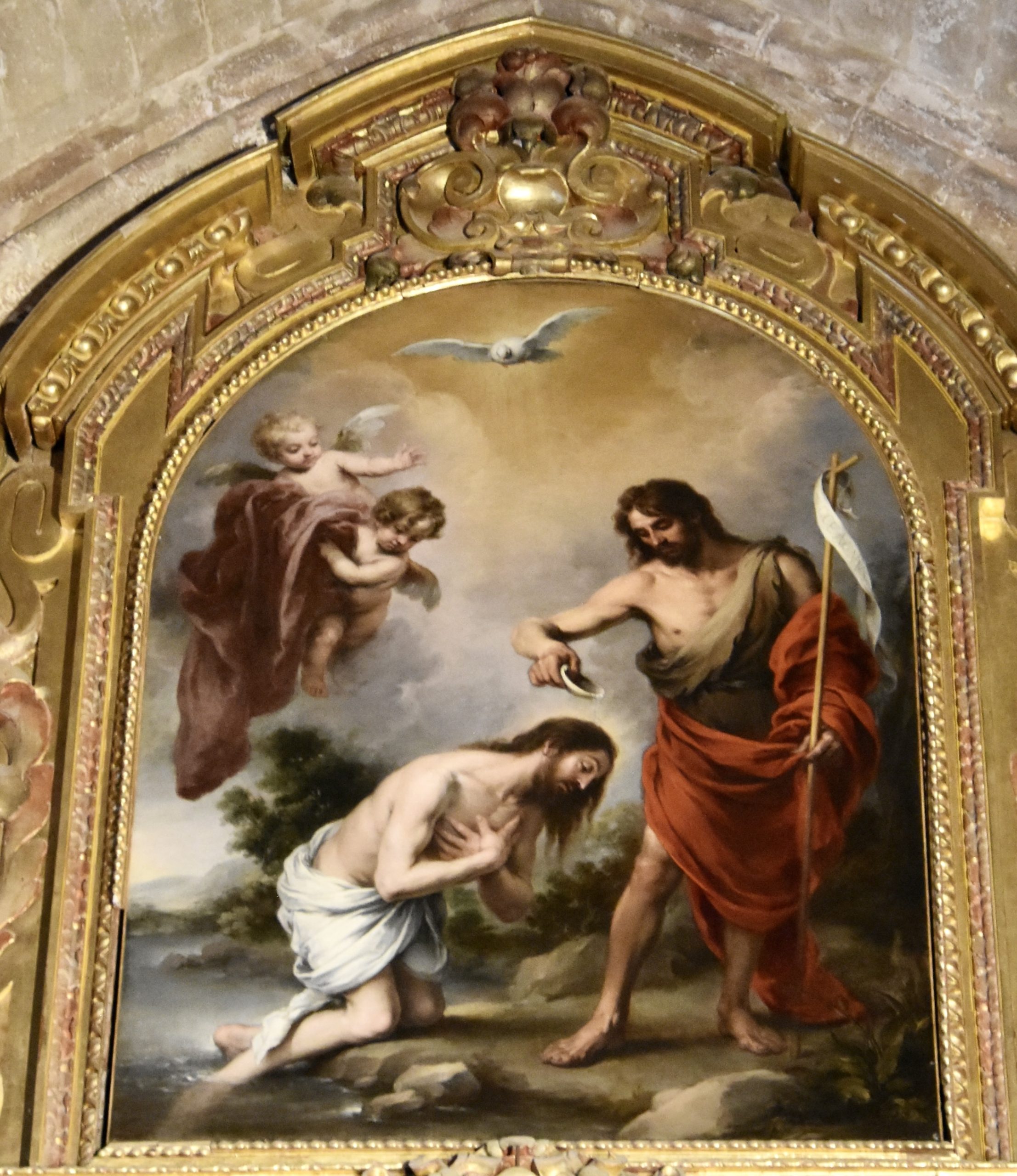
The one thing that most visitors to Seville Cathedral want to see most is the funerary monument to Christopher Columbus.
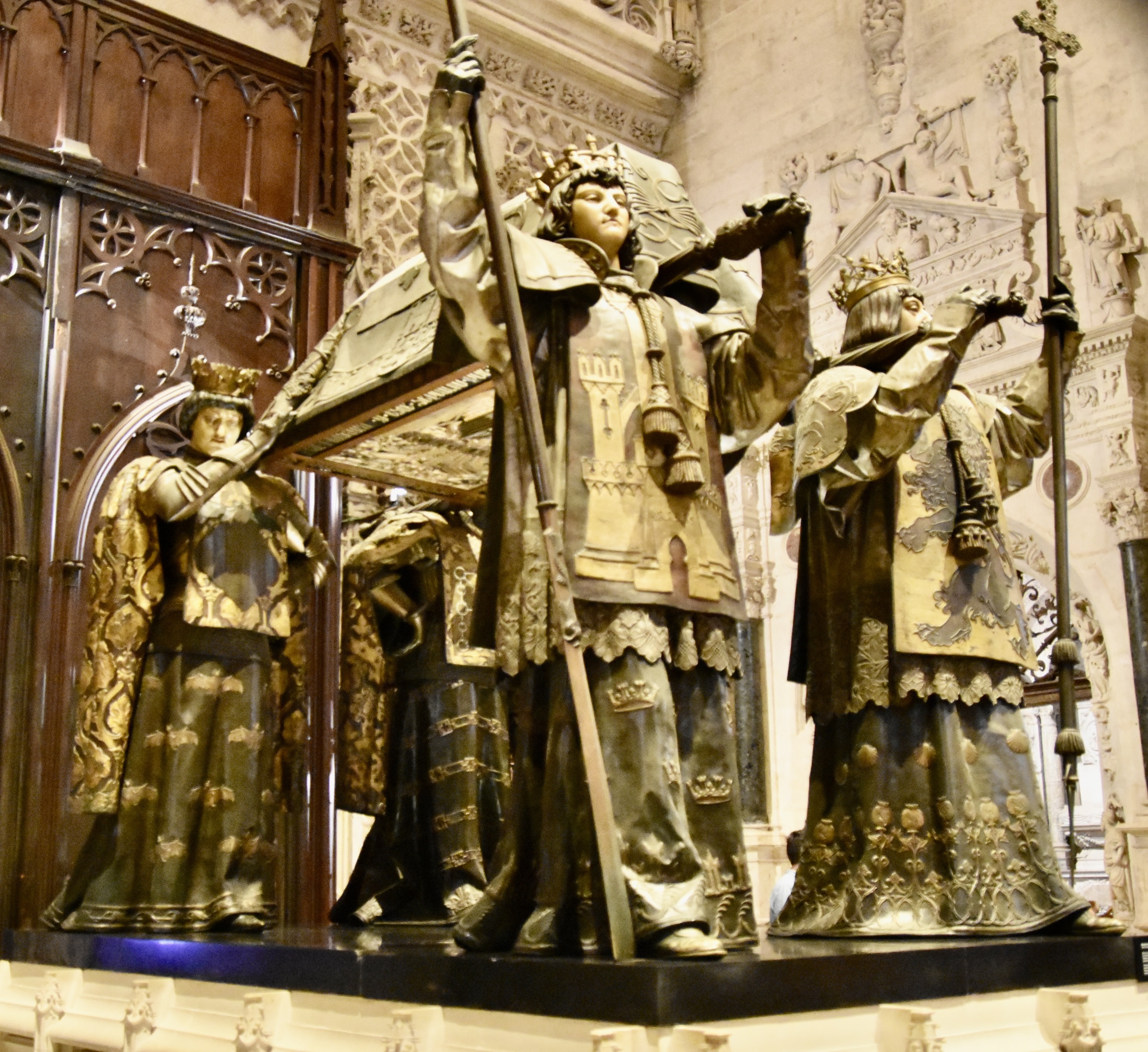
Usually referred to as Columbus’ tomb, that it not quite accurate. It turns out that even after death Columbus continued his travels. He died in Valladolid, Spain in 1506 but after three years there, at his son’s request his body was taken to Seville where it remained until 1542. Then it was shipped to Santo Domingo in the modern day Dominican Republic. It was the first city Columbus founded in the New World and thought to be a more appropriate final resting place than Spain. Here it remained until 1795 when France took control of Hispaniola, the island on which Santo Domingo is located. Then it was shipped to Havana as Cuba was still a Spanish possession. It remained there until the Spanish-American War in 1898 when it made its final voyage across the Atlantic to Seville cathedral. The monument was actually created in Havana by Spanish architect Arturo Melida.
The only problem is that in 1877 a box of bones labelled to be those of Columbus turned up in Santo Domingo so that the Dominican Republic claims it has the ‘true’ remains of the great explorer. DNA testing on the Seville remains did not resolve matters with certainty. Whether you believe Columbus rests in Seville cathedral or not, it is certain that this is a must-see monument in the building.
Beside, but not attached to Seville cathedral is the bell tower known as Giralda after the weather vane on top which was added along with the belfry in 1568 to a structure that was built in the 12th century buy the then Almohad rulers of Andalucia. It is a truly remarkable piece of architecture and a fitting place to end your tour of Seville cathedral by climbing to the top for a fabulous view of the city.
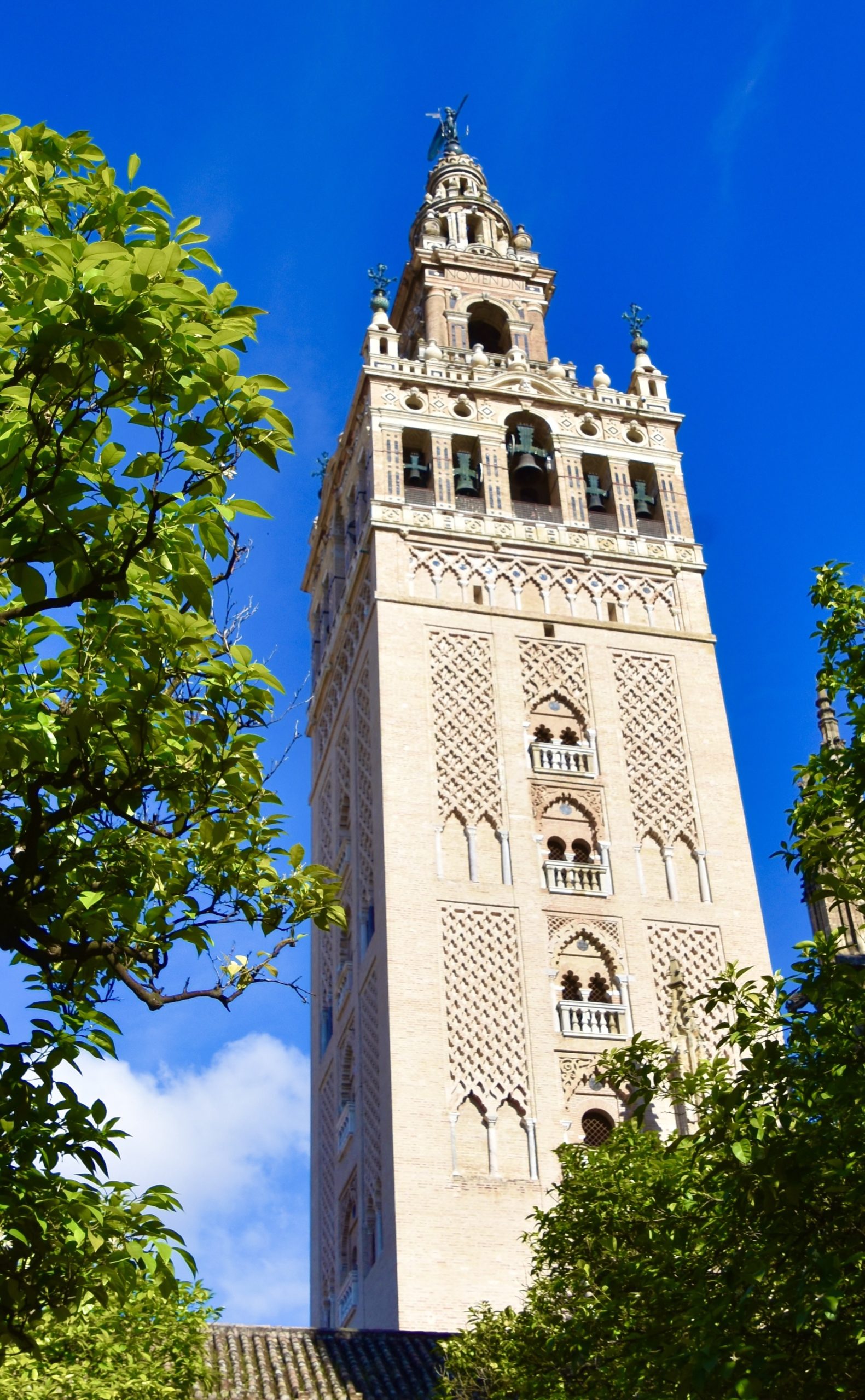
The Royal Alcazar of Seville claims to be the oldest palace still in use by a royal family in Europe, tracing its roots back well over a thousand years. While King Felipe VI is not a frequent visitor, he does drop by enough to make the claim legitimate. Like the cathedral, the Alcazar is simply overwhelming in size and like the Alhambra has extensive gardens to explore as well.
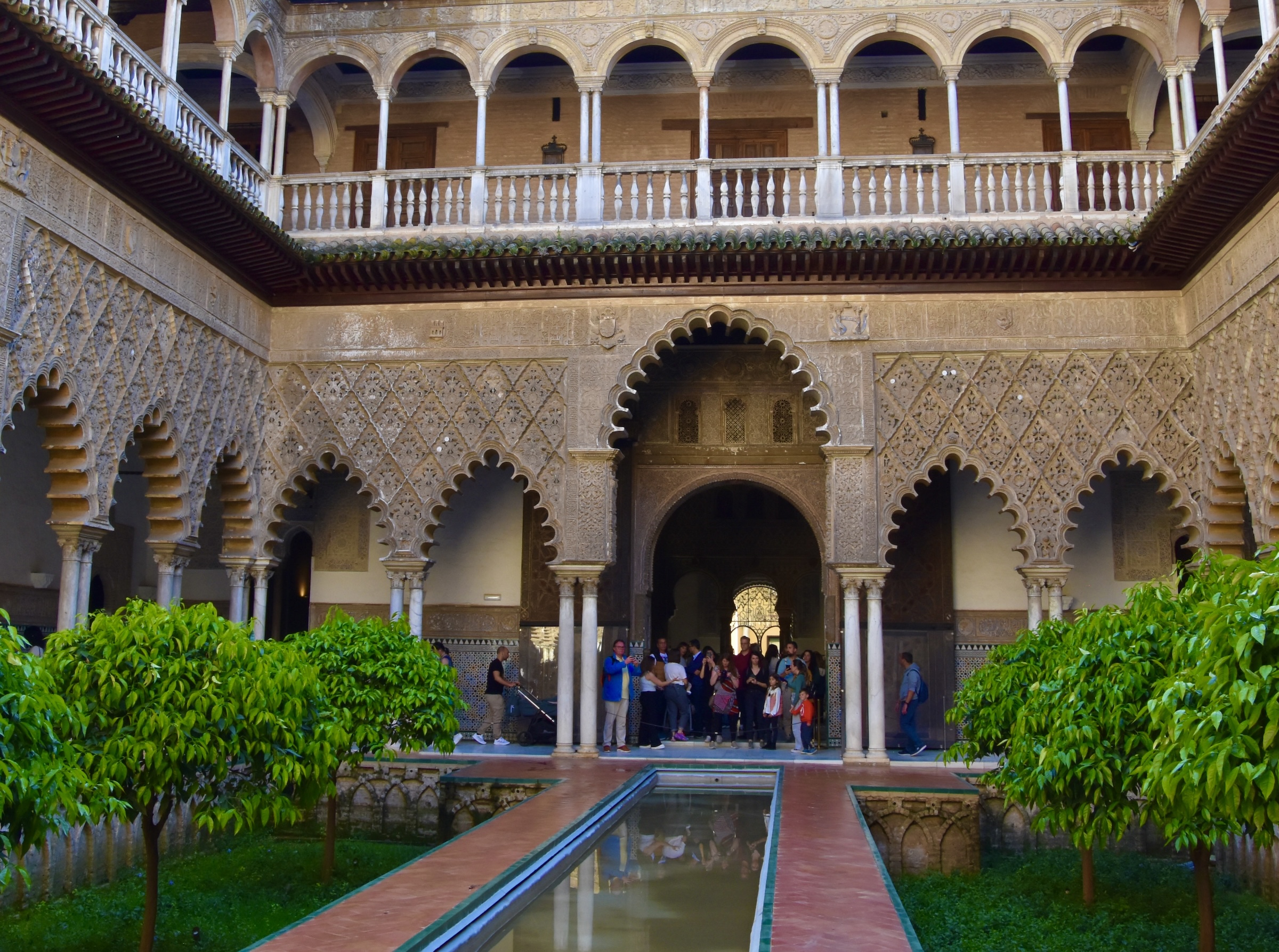
If you like Moorish architecture and who doesn’t, the Alcazar is a must-see in Seville.
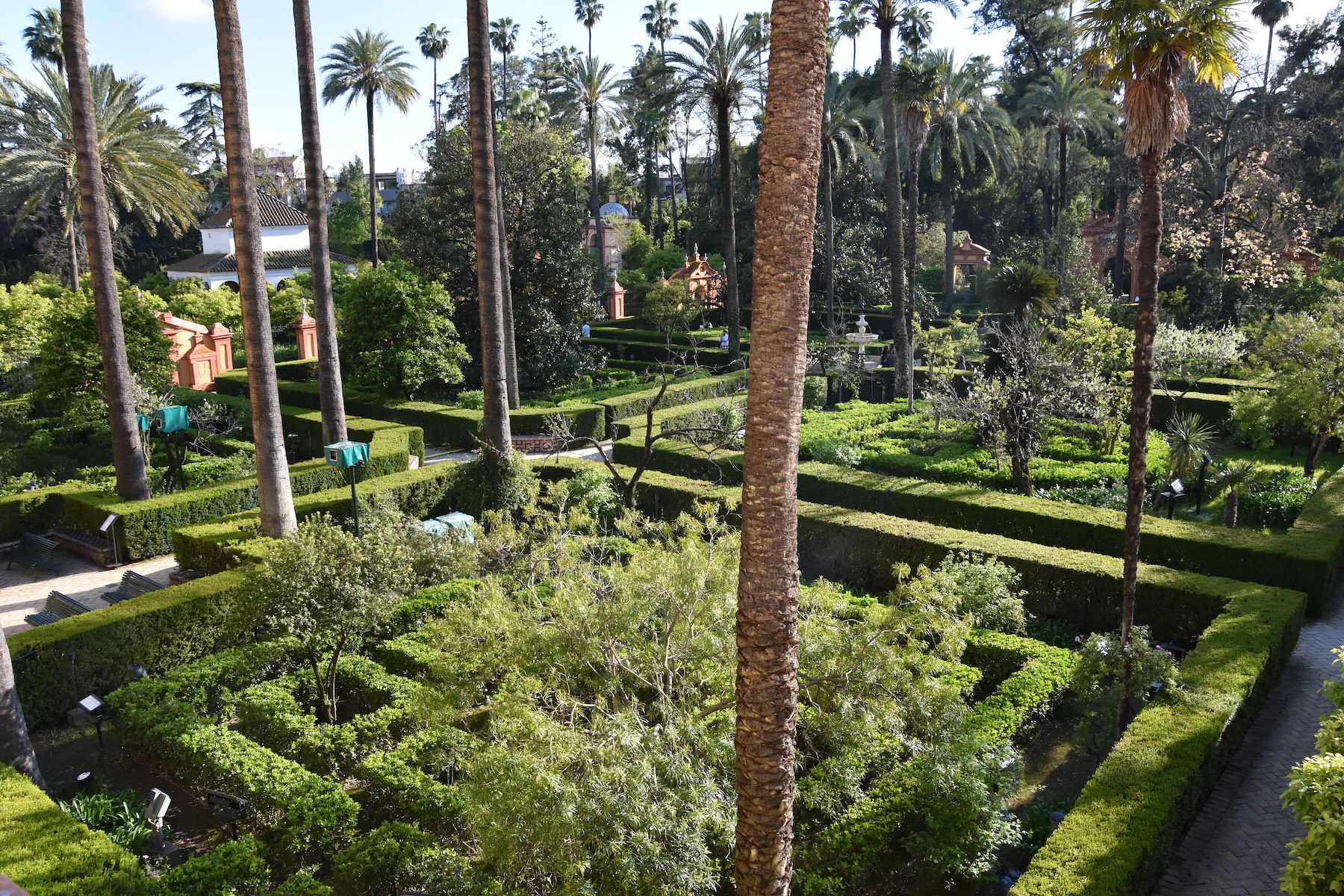
The third of the three UNESCO World Heritage Sites in Seville is the General Archive of the Indies which houses the largest collection of documents related to the Spanish New World possessions from the 15th to the 19th century. It is not a tourist attraction per se, but a great resource for scholars.
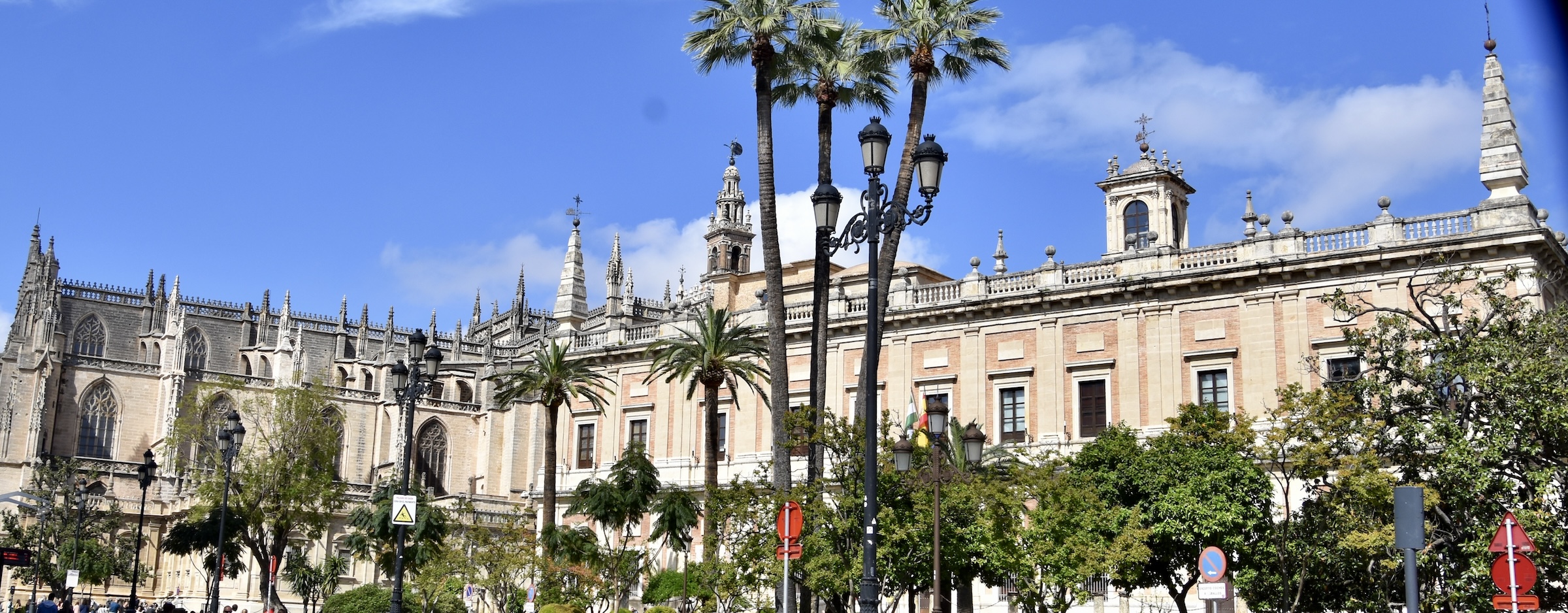
Italica
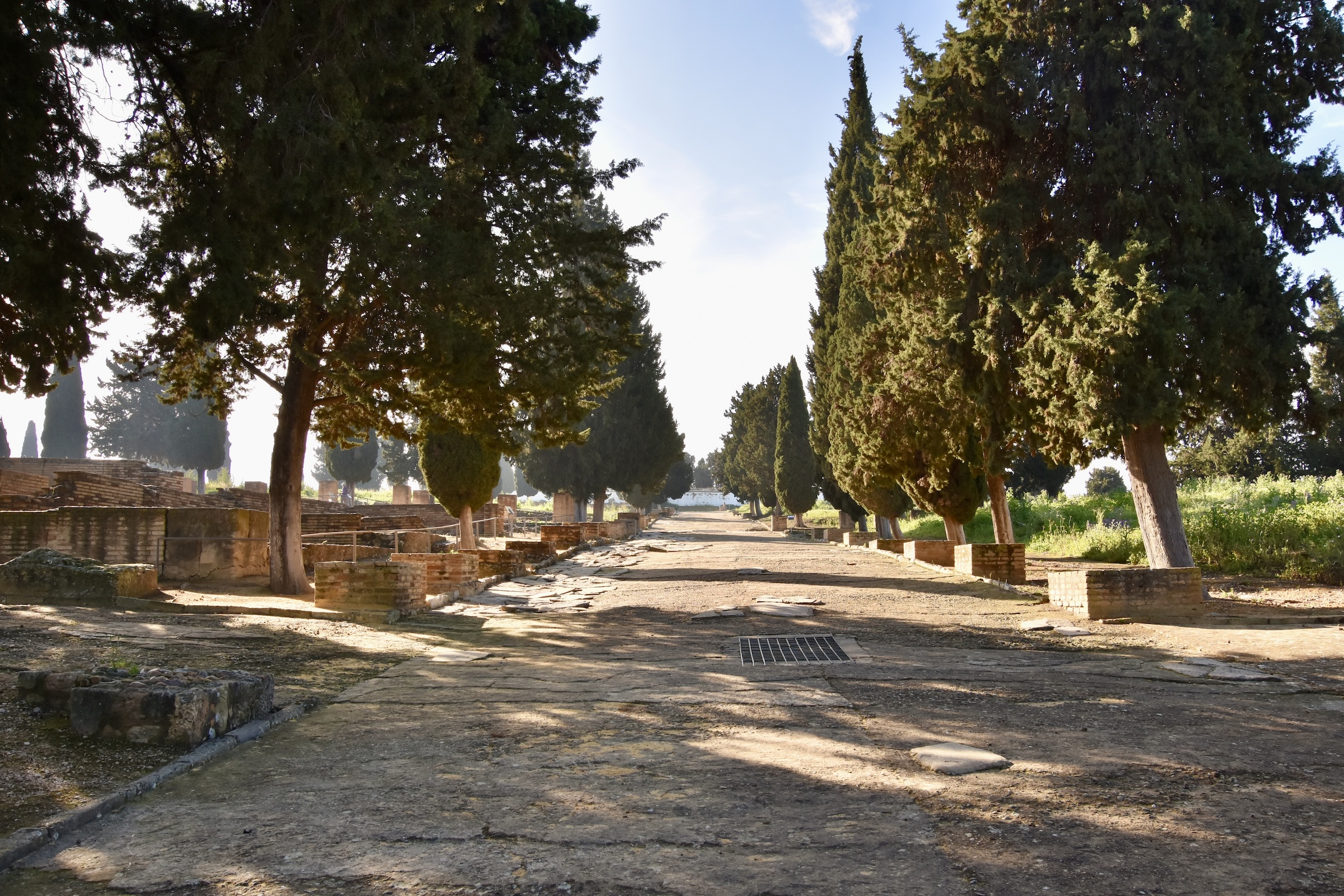
About ten kilometres from the centre of Seville is the small village of Santiponce which is partially built over the ruins of the very first Roman settlement in Spain, Italica. It was founded in 206 BC by the great Roman general Scipio Africanus who was the victor against the Carthaginians in the Battle of Ilipa fought not far from present day Seville in that year. The victory secured Hispania for the Romans and rather than transport his veterans back to Italy, Scipio founded a city for them and granted them lands nearby, a practice that was to become common place all over the Roman Empire. At the time of its foundation Italica was situated on the banks of the Guadalquivir River and it prospered for about five hundred years until the river changed course and the city of Hispalis which became Seville overtook it as the most important city in southwest Spain.
As noted previously it was the birthplace of the Roman Emperors Trajan and Hadrian, two of the greatest rulers of the empire. If you are a student of Roman history and like to visit Roman archaeological sites you will run into these two everywhere from Great Britain to the Middle East and almost everywhere in between. Lesser known is that yet a third great emperor Theodosius I was also born here at a much later time. He was the last to ruler over the entire empire before its division into the eastern and western empires and is most well known for establishing the Nicene Creed as the orthodox view of Christianity which prevails up to the present day.
So when you walk up the main street of Italica you are following in the footsteps of three men who shaped history.
As Roman sites go Italica is not that large as most of it lies under the village that was built over top of it in the Middle Ages. However, what is there is very worthwhile, particularly some of the mosaics. Here is a gallery of photos from Italica. Double click to open and double click again to enlarge.
- Copy of Venus found Onsite
- Amphitheatre
- Communal Toilets
- Trajan
- House of Birds Mosaic
- House of Birds Mosaic
- House of Birds Mosaic
- House of Birds Owl
- Lararium – Place for Household Gods
- Mosaic of the Days – Celestial Objects
- Mosaic of Man with Three Legs
- Playing Rota
I have touched on just a few of the reasons why Seville is an enchanted city and that doesn’t include the amazing cuisine, the flamenco dancing or the wonderful weather that make this city a true bucket list destination.
In the next post from Andalucia we’ll visit the city of Jerez and learn everything there is to know about making and more importantly, drinking sherry.


